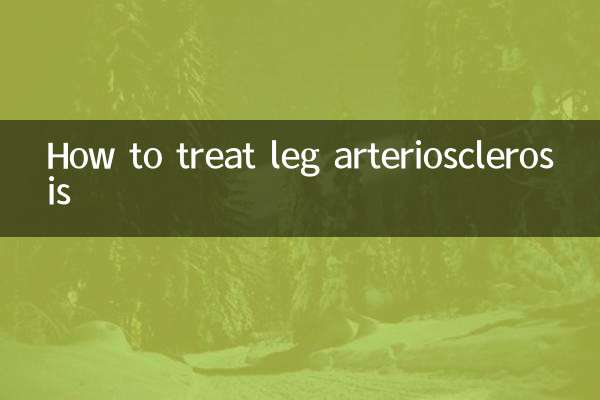What to do if there is crusty skin on your feet
Hard skin on the feet is a common skin problem for many people, especially in dry seasons or among people who wear high heels or sports shoes for a long time. Hard skin not only affects appearance, but can also cause pain and even infection. This article will provide you with detailed solutions based on the hot topics and hot content on the Internet in the past 10 days.
1. Common causes of hard skin on feet

The formation of hard skin on feet is usually related to the following factors:
| Reason | Description |
|---|---|
| friction or pressure | Long-term wearing of ill-fitting shoes or excessive exercise leads to thickening of the skin on the feet |
| Dry and dehydrated | The skin of the feet lacks moisture and oil, causing the cuticles to harden |
| fungal infection | Fungal infections such as athlete's foot may cause skin thickening and peeling |
| age factor | As we age, skin metabolism slows down and crusts easily form. |
2. Popular solutions across the entire network
According to the hot discussions on the Internet in the past 10 days, the following are the treatment methods that everyone is most concerned about:
| method | Specific operations | heat index |
|---|---|---|
| Soak your feet in warm water | Soak your feet in warm water around 40℃ for 15-20 minutes every day to soften cuticles | ★★★★★ |
| Exfoliation care | Use a pumice stone or electric exfoliator to gently remove hard skin | ★★★★☆ |
| Moisturizing care | Apply a moisturizing cream containing urea or lactic acid immediately after soaking your feet | ★★★★★ |
| DIY care | Use natural ingredients such as lemon slices and baking soda to apply to your feet | ★★★☆☆ |
| medical treatment | In severe cases, it is recommended to seek medical treatment, which may require medication or professional treatment. | ★★☆☆☆ |
3. Detailed care steps
1.Soften cuticles:First, soak your feet in warm water for 15-20 minutes. You can add a small amount of white vinegar or bath salts to enhance the softening effect.
2.Remove dead skin:Use a pumice stone or exfoliating tool to gently remove the softened hard skin, being careful not to damage the skin by excessive friction.
3.Deep moisturizing:After drying your feet, apply a moisturizing product immediately. Recommended skin care products containing the following ingredients:
| active ingredients | function | Recommended product types |
|---|---|---|
| Urea | Powerfully moisturizing and softening cuticles | Cream, gel |
| lactic acid | Gentle exfoliation and boost metabolism | Lotion, Essence |
| Vitamin E | Antioxidant, repair skin barrier | oils, pastes |
4.Intensive night care:Apply a thicker moisturizing product before going to bed and put on cotton socks to enhance absorption.
4. Preventive measures
1.Choose the right shoes:Avoid shoes that are too tight or too loose to reduce friction on your feet.
2.Keep your feet dry:Change socks frequently and wear shoes with good breathability to prevent fungal growth.
3.Regular care:It is recommended to perform systematic foot care 1-2 times a week instead of waiting for the problem to become serious.
4.Diet conditioning:Consuming more foods rich in vitamins A and E, such as carrots, nuts, etc., can help your skin stay healthy.
5. When Do You Need Medical Treatment?
If the following situations occur, it is recommended to seek medical treatment promptly:
- Crusty skin with redness, swelling, pain or pus
- No significant improvement after two weeks of home care
- Simultaneous occurrence of foot deformation or other abnormal symptoms
Through the above systematic care, most people's problem of hard skin on their feet can be significantly improved. Remember, daily care is more effective than temporary bursts, and healthy feet require long-term care.

check the details

check the details